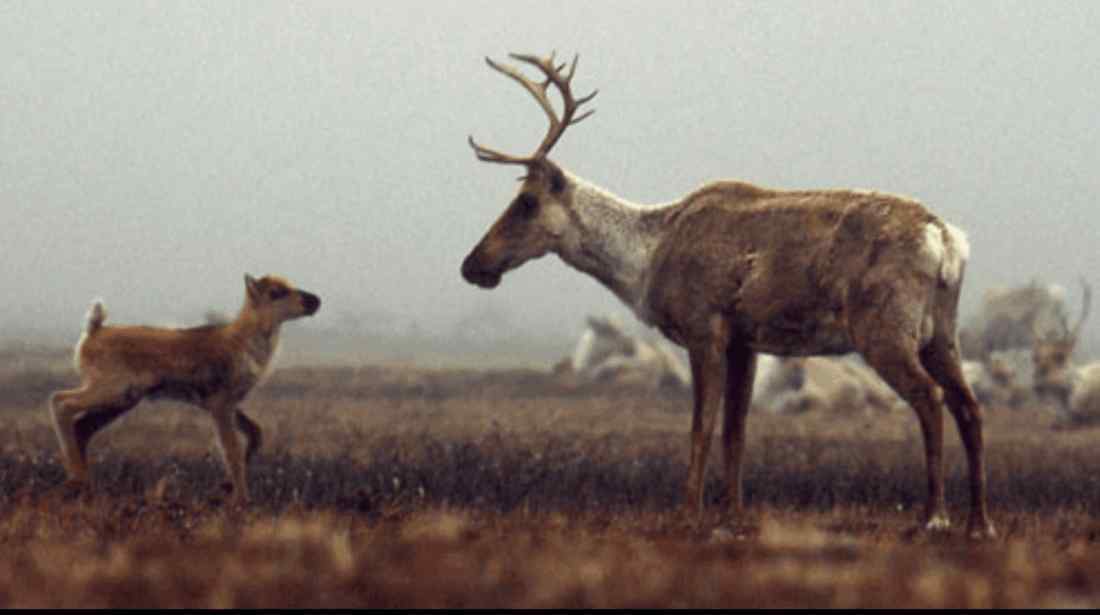Melting of the permafrost – 40 billion tons of carbon dioxide released in the atmosphere by 2100
In the next eighty years, about 40 billion tons of carbon dioxide could be released into the atmosphere if the northern permafrost, the frozen Arctic soil, is permanently melted due to rising temperatures, a study published in the scientific journal Nature Geoscience found. For us this finding means, that greenhouse gas emissions would have to be reduced even more than what we committed to before.
Please also read: Permafrost turns into a carbon time bomb
The roots of the plants in the rhizosphere (in the immediate vicinity of the roots) increase the degradation of microbes in the soil, leading to increased carbon dioxide emissions. The change in decomposition of soil organic matter caused by the root activity is called rhizophere priming. Since the melting of permafrost will soon make it more likely that plants will cover the North Pole, scientists say this effect can also be foreseen.
Since last year, there have been several reports that the melting of permafrost is already triggering carbon leakage. By melting frozen soil, in addition to carbon dioxide, methane and various viruses can be released. Moreover, this phenomenon can even cause serious infrastructure damage: by the middle of the century, a third of Arctic buildings will be in danger because they are literally built on soil that will turn into a swamp.
How much should we cut down on emissions?
By comparison, in the middle of the 20th century, through human activity about five billion tonnes of carbon dioxide was released into the atmosphere per year, which increased to 35 billion tonnes a year by the end of the 20th century and by 2014, it reached 40 billion tonnes.
Prior to the publication of the study, scientists estimated that global carbon emissions would need to fall by 7,6 % a year over the next ten years in order to meet the 1,5 degrees Celsius target set by the Paris Climate Agreement. The last five-year period has been the warmest five years on record, and if we don’t manage to meet the target, then according to the World Meteorological Organization, there is an increasing chance that we can wave goodbye to the commitment to limit the temperature increase to 1,5 degrees Celsius in as little as 5 years.
The impact of root-soil interactions has so far been largely ignored in the development of global emission models, the study points out. If we count with this dynamic as well, then in terms of artificial carbon emissions, humanity is likely to have to “restrain itself” to a greater extent than previously estimated in order to keep global warming below 1,5-2 degrees Celsius. The permafrost began to thaw almost a hundred years earlier than climate researchers had hoped so far, and locals are already feeling the effects of climate change on their own skin.
Whilst COVID-19 has caused a severe international health and economic crisis, failure to tackle climate change may threaten human well-being, ecosystems and economies for centuries, Governments should use the opportunity to embrace climate action as part of recovery programmes and ensure that we grow back better.









